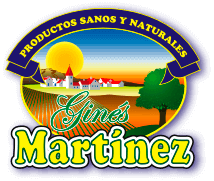Our Legumes
Do you know what you're eating?Nutritional Properties of Legumes
Thanks to their nutritional value, legumes are an extremely healthy food. They are part of traditional cuisine in almost every country and are considered a key component of the Mediterranean diet.
Legumes stand out for being one of the richest plant-based sources of protein. They are high in fibre, provide B vitamins, and contain essential minerals such as magnesium, potassium, calcium, iron, phosphorus, and zinc.
Legumes are very filling and, contrary to common myths, they are low in fat and do not cause weight gain. The issue arises when they are cooked or served with fatty, high-calorie foods such as chorizo or blood sausage.
For all these reasons, legumes are one of the most recommended foods and a major source of nutrients.
According to nutritionists, they should be consumed 3 to 4 times a week.
Health Benefits
Legumes are among the foods with the most health benefits. Their high fibre content may help reduce the risk of coronary heart disease, and their iron content is particularly beneficial for preventing anaemia—especially in women and children—when combined with vitamin C.
They also help stabilise blood sugar and insulin levels, making them ideal for people with diabetes and suitable for weight-loss diets.
The calcium found in legumes supports bone health and helps reduce the risk of fractures caused by osteoporosis.
Legumes contain no cholesterol, making them suitable for everyone. They are also naturally gluten-free, making them safe for people with coeliac disease.
Environmental Benefits
Legumes offer numerous environmental benefits and can positively contribute to the fight against climate change. Their cultivation improves soil fertility thanks to the nitrogen present in their plants. Some varieties also release phosphorus into the soil—one of the key nutrients for plant growth.
Legumes help increase soil biodiversity, making ecosystems more resilient and resistant to disturbances and stress.
Their ability to fix atmospheric nitrogen and transfer it to the soil reduces the need for synthetic nitrogen fertilisers and lowers greenhouse gas emissions.
Legumes also require very little water. Producing 1 kg of legumes requires just 50 litres of water, compared to 4,300 L for 1 kg of chicken, 5,500 L for 1 kg of lamb, and 13,000 L for 1 kg of beef.
Storage Tips
Once cooked, dried legumes can be stored in the refrigerator in an airtight container for several days, or frozen for several months.
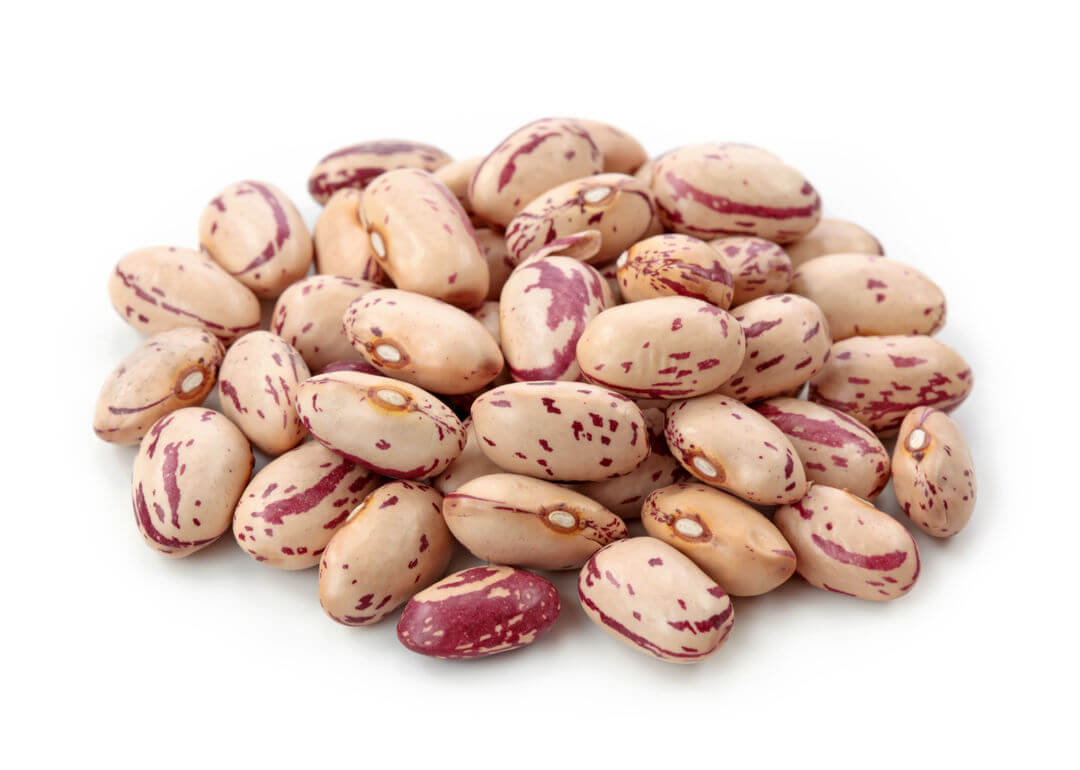
BEANS
We currently work with a total of 18 varieties from different regions. Depending on where they are grown, each has distinct organoleptic characteristics such as flavour, texture, and skin tenderness.
Because of these differences, each bean variety can be used in different culinary ways. That’s why beans are consumed in many countries and are featured in a wide range of traditional dishes.
CHICKPEAS
Although there are different varieties of chickpeas, the differences between them are not as pronounced as those found among types of beans or lentils.
Depending on the region, certain types of chickpeas are more commonly consumed. In Spain, the most popular varieties are blanco lechoso, castellano, and pedrosillano.
One of the best-known chickpea-based dishes worldwide is hummus, a creamy purée of cooked chickpeas.
In Spain, chickpea cultivation is mainly concentrated in the Andalusian region.
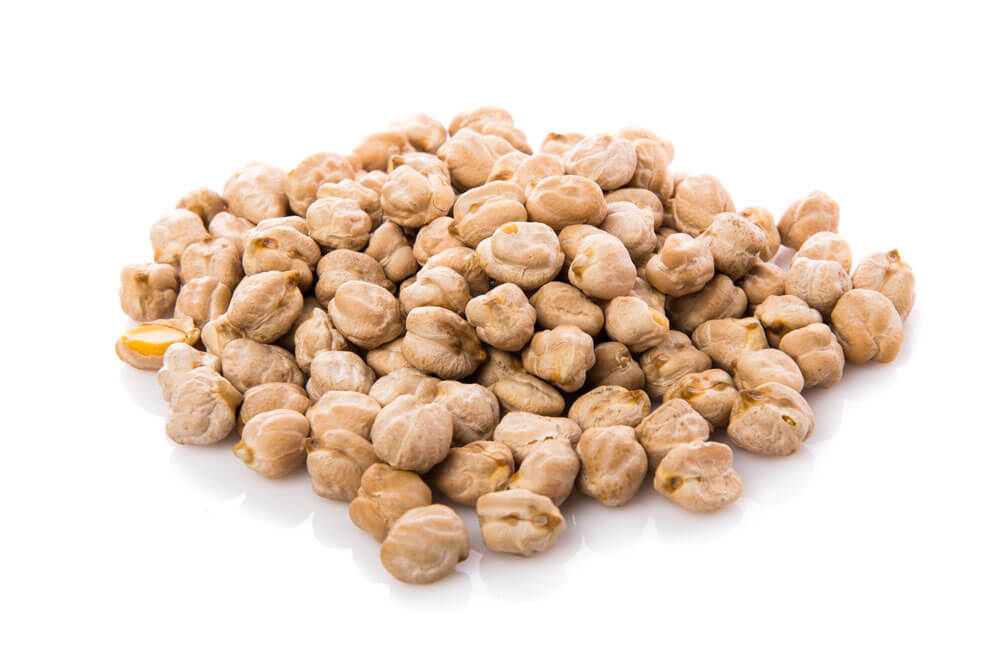
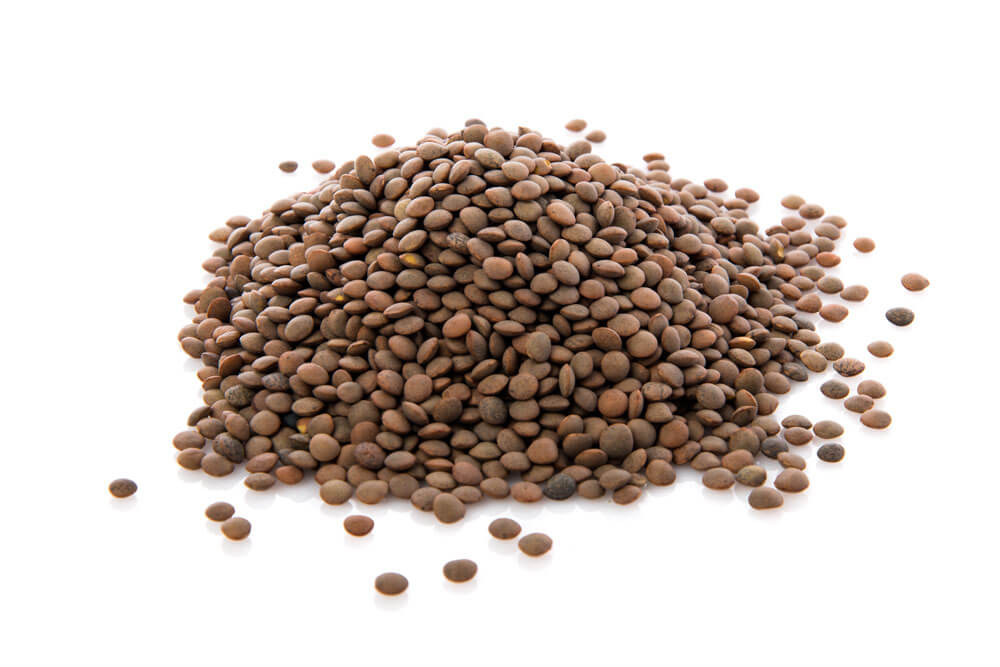
LENTILS
There are various types of lentils, primarily distinguished by size, colour, and cooking time. We currently market a total of 7 varieties, with the most notable being the aforementioned Castellana, as well as Pardina and Verdina lentils.
Lentil cultivation stands out for being sustainable and environmentally friendly, thanks to the benefits the plant provides to the soil where it grows. A clear example is its ability to fix nitrogen in the soil.
OTHER LEGUMES
Some legumes, such as dried broad beans, are mainly used in specific regions to prepare traditional dishes.
Other varieties that have recently gained popularity in the market include quinoa and mung beans, thanks to their numerous nutritional properties and health benefits. They are also highly versatile and can be incorporated into a wide range of recipes.
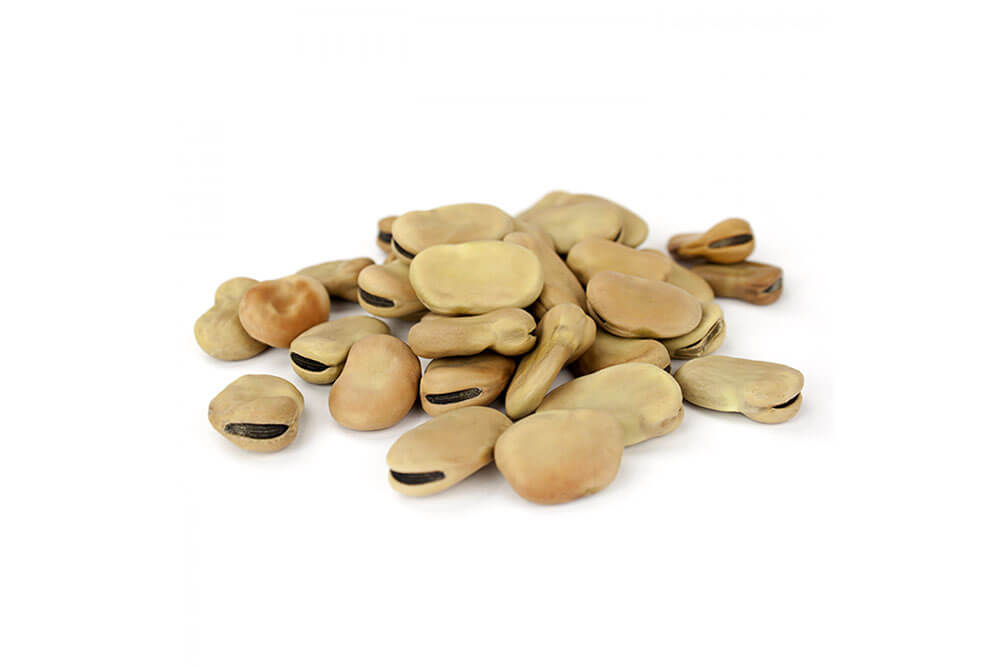
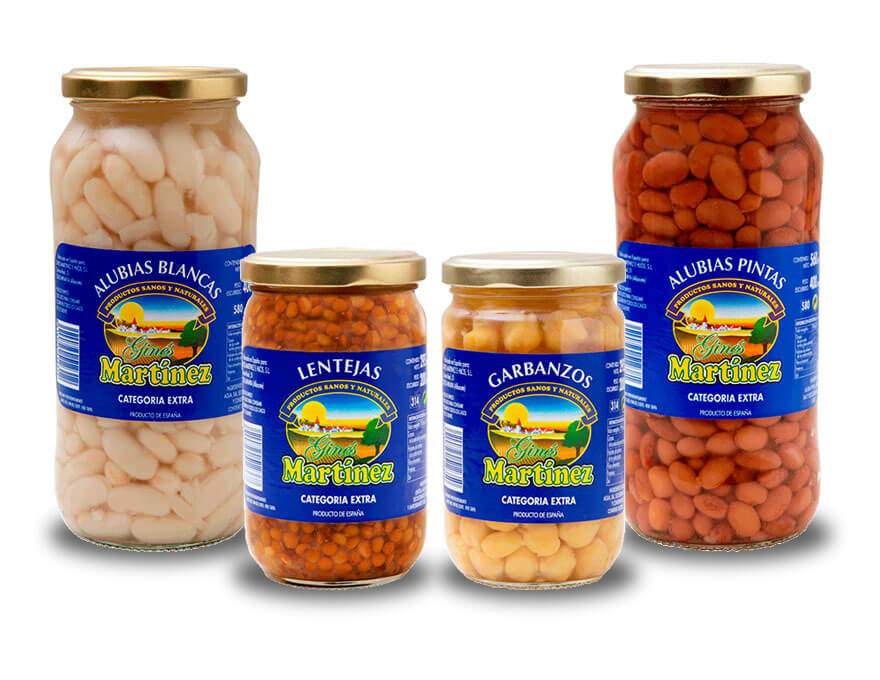
COOKED LEGUMES
Breaking away from tradition, legumes can be enjoyed in many different ways. Who said they had to be served hot and in a bowl? Dare to experiment with them.
When it comes to reinventing legumes, we discover they’re perfect for summer too—especially in salads and cold dishes.
